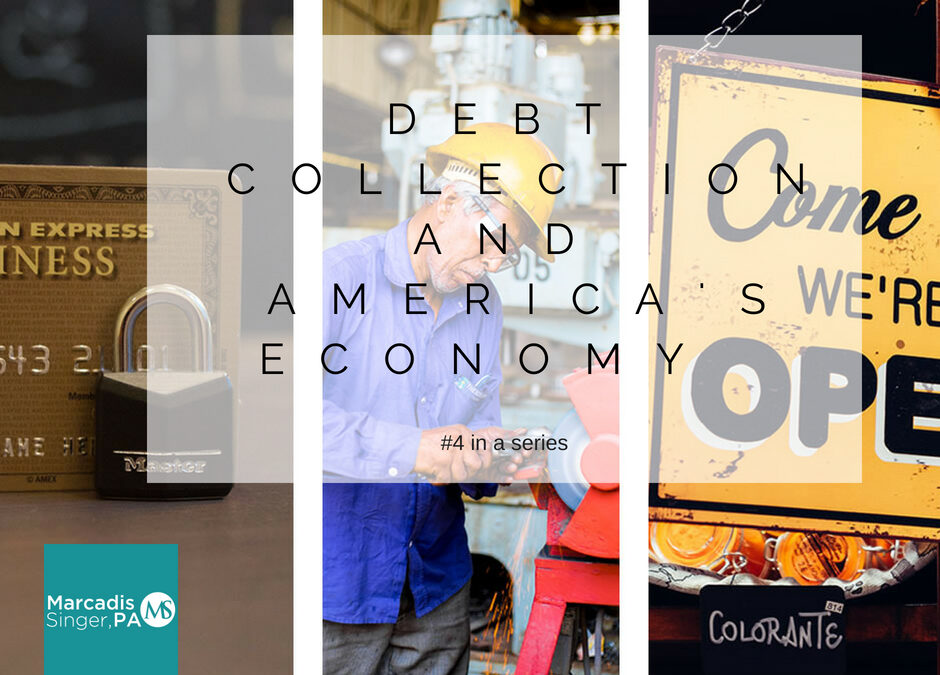The Role Third-Party Debt Collection Plays in the US Economy #5
Consumer Credit in the US Economy
Credit accessibility is an important part of the US economy. There as over $3.5 trillion in outstanding consumer credit at the end of October 2015. Household participation across consumer credit was around 70% for credit cards, 30% for auto loans, 45% for mortgages, and 19% for student loans. There are two key reasons that consumer credit availability is so important. The first is that allows a consumer to purchase a high-cost product that they would normally be unable to afford, and the other is that it allows a consumer to absorb a temporary unexpected cost that damages their budget.
Research shows that the majority of consumer credit was used to purchase consumer-orientated assets that would provide a return on investment in the long-term rather than the short-term. Those purchases included tangible goods such as a household appliance, a vehicle, a piece of furniture, and long-term purchases including higher education acquired through a student loan. Those items should be conceptualized as a household investment provided by consumer credit. Consumers are better able to make such an investment without the constraints of their available money thanks to the availability of credit.
There is a parallel between businesses and an individual consumer, both make use of credit as a way to balance a temporary issue between expenses and income. This is especially important when a household faces an unexpected expense such as auto repairs, medical emergencies, and replacing a broken appliance. These issues – and more – cause immediate challenges in the budgets of consumers. Consumer credit allows a consumer to handle these deficits effectively.
